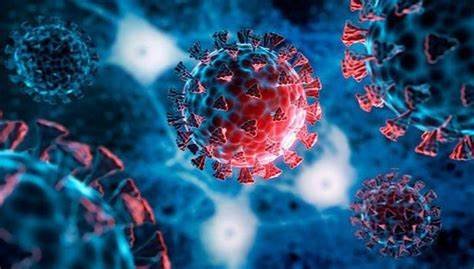University of Illinois (U of I) researchers have conducted two new studies that provide additional evidence supporting the seasonal behavior of the SARS-CoV-2 virus. Published in the journals Evolutionary Bioinformatics and F1000Research, these studies shed light on the correlation between COVID-19 cases and deaths and environmental factors.
In the first study, the researchers analyzed pandemic data from 171 countries over two years, along with average annual temperature and latitude. They found significant correlations between COVID-19 metrics and these environmental factors, irrespective of vaccination rates or the emergence of new viral variants. According to Gustavo Caetano-Anolles, a professor in the Department of Crop Sciences at U of I, the results provide strong evidence that the virus exhibits seasonal patterns. Surprisingly, the correlations persisted even when considering the diverse range of elimination and mitigation policies implemented worldwide. The study also revealed that countries with colder temperatures and higher latitudes generally experienced higher incidence and mortality rates during the pandemic. This finding suggests that future seasonal changes could lead to more predictable trends in COVID-19 cases and deaths.
In the second study, the researchers examined over 12 million SARS-CoV-2 genome sequences from the beginning of the pandemic until late July 2022. They observed distinct differences in the prevalence of certain advantageous gene variations across different climate zones. Particularly, these genetic mutations were less prominent in tropical regions compared to the northern temperate zone, especially in the early stages of the pandemic. This finding indicates that the seasonal behavior of SARS-CoV-2 may be genetically encoded. Tre Tomaszewski, a doctoral student in the School of Information Sciences at U of I, noted that this insight could potentially be leveraged in vaccine design to manipulate seasonal effects.
Furthermore, the researchers examined the relationship between COVID-19 and environmental health indicators, such as pollutant emissions and climate change. They discovered strong correlations between COVID-19 cases and deaths and countries’ proactive measures to reduce emissions. Higher levels of particulate matter and household use of solid fuels were also associated with increased COVID-19 incidence and mortality rates.
These studies contribute to the growing body of evidence supporting the seasonal nature of the SARS-CoV-2 virus. Understanding the seasonal patterns and genetic factors involved in its behavior could aid in developing targeted strategies for disease prevention and control.

